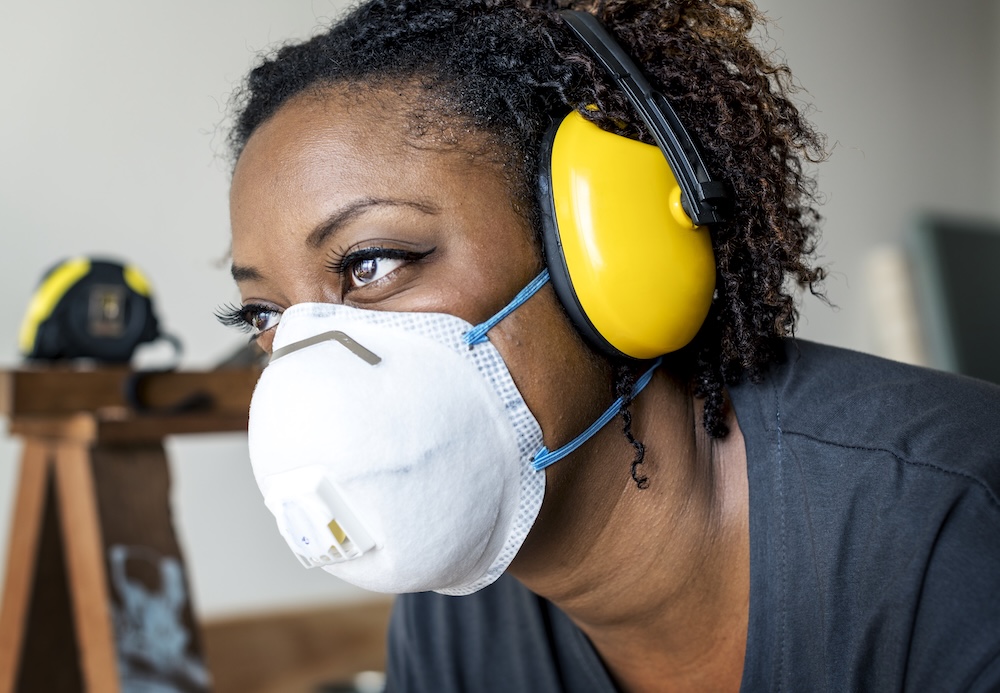Why Safeguarding Is More Critical Than Ever
Safeguarding is at the heart of protecting vulnerable individuals – whether in healthcare, education, or the workplace. Yet, recent high-profile examples have exposed critical gaps in safeguarding policies, raising urgent questions about how organisations can do better.
From the Lucy Letby case in the NHS to the misuse of restraint in schools, these examples have demonstrated the consequences of safeguarding procedures falling short.
For home care providers, the risks have the potential to be even greater. Carers often work alone in private homes, making it essential for agencies to have robust policies, real-time reporting systems, and a strong whistleblowing culture for safeguarding in care.
In this blog, we’ll outline best practices to help organisations implement strong policies and reporting procedures.
Key Safeguarding Best Practices for Home Care Organisations
Home care providers have a unique responsibility: delivering safe, high-quality care in an environment with minimal oversight. Unlike hospitals or care homes, domiciliary care takes place in private homes, where safeguarding risks may be harder to detect.
To protect vulnerable clients, home care organisations must adopt proactive safeguarding measures that prevent abuse, neglect, and misconduct before they occur.
1. Establish a Robust Safeguarding Policy
A safeguarding policy is the foundation of safe home care. Every organisation should have a clear, accessible policy that outlines:
- Recognising signs of abuse, neglect, or exploitation
- Step-by-step procedures for reporting safeguarding concerns
- Legal responsibilities and compliance requirements
- The role of caregivers in protecting clients
This policy should be regularly reviewed and updated to align with the latest regulatory changes, such as updates from the Care Quality Commission (CQC) in the UK or the Safeguarding Vulnerable Groups Act 2006. It should also follow the six principles of safeguarding outlined in the Care Act 2014.

2. Train Carers to Recognise and Respond to Safeguarding Risks
Many safeguarding failures occur because frontline staff are unaware of the warning signs or feel too nervous to report concerns. Home care agencies must invest in comprehensive safeguarding training, covering:
- Types of abuse and neglect (physical, emotional, financial, sexual, etc.)
- Recognising early warning signs in a home environment
- How to report safeguarding concerns confidently and securely
- The importance of whistleblowing and protection for reporting staff
Regular refresher training ensures that carers remain vigilant and understand how to act swiftly when concerns arise.
3. Implement a Real-Time Safeguarding Reporting System
Home care providers should not rely on paper-based or delayed reporting systems when it comes to safeguarding. A digital incident reporting system enables carers to:
- Log safeguarding concerns in real-time from any location
- Escalate urgent risks to managers instantly
- Ensure complete transparency and accountability
This type of system not only reduces intervention delays but also provides a clear audit trail for compliance and investigations.
4. Foster a Speak-Up Culture and Support Whistleblowing
One of the biggest safeguarding failures in recent high-profile cases (like the Lucy Letby case) was the suppression of concerns raised by staff. In home care, it is critical that caregivers feel safe to report issues without fear of retaliation.
Ways to create a strong whistleblowing culture include:
- Providing an anonymous reporting option
- Encouraging open conversations about safeguarding during team meetings
- Protecting whistleblowers from retaliation
- Ensuring swift and visible action when concerns are raised
5. Conduct Regular Safeguarding Audits and Supervisions
Since home care work is often unsupervised, regular safeguarding audits help ensure that policies are being followed. Key actions include:
- Spot-checks on care visits to assess service quality
- One-to-one check-ins with caregivers to discuss any concerns
- Client and family feedback surveys to identify potential safeguarding issues
By embedding safeguarding into daily operations, home care agencies can proactively prevent harm rather than just responding to it.
6. Work Closely with External Safeguarding Authorities
Collaboration with local safeguarding boards, regulatory bodies, and social services ensures that home care providers stay aligned with best practices and legal requirements. Key actions include:
- Following CQC safeguarding guidelines (or equivalent regulatory bodies)
- Working with local authorities on safeguarding investigations
- Keeping up with new policies and mandatory reporting obligations
Strengthening Safeguarding in Home Care
Safeguarding failures have devastating consequences – not just for vulnerable individuals but also for the reputation and compliance of care providers. By implementing these best practices, home care agencies can ensure they provide safe, dignified, and accountable care.
At Vatix, we provide smart reporting solutions designed to help home care providers strengthen their safeguarding reporting. Our system enables caregivers to log and track safeguarding concerns in real-time, ensuring that no issue goes unnoticed or unaddressed.
With instant email alerts, serious concerns can be swiftly brought to the attention of the right personnel, preventing delays that could compromise client safety.
Additionally, our platform maintains a clear audit trail for compliance, helping organisations meet regulatory requirements and demonstrate accountability in their safeguarding practices.
By leveraging technology, home care providers can create a safer, more transparent, and more responsive care environment for the individuals they support.
Want to learn more about how our tools can enhance your safeguarding procedures? Get in touch with us today.

.png)


